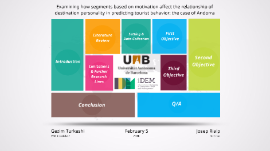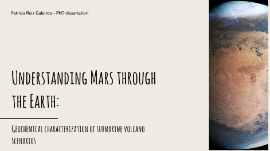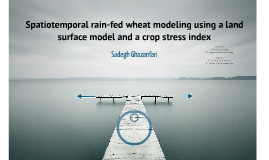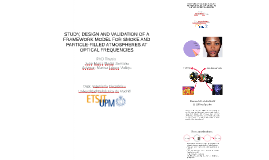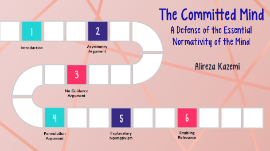PhD Dissertation
Transcript: English speaking needs of students at an EFL university department: A case of Shiraz University Department of Foreign Languages and Linguistics Introduction Chapter 1 Background English medium universities are enrolling an ever-swelling number of students whose first language is not English. The number of universities, particularly those in non-English speaking countries, which offer English language courses as part of their programs or graduation requirements has also dramatically increased. Many students who want to enroll in these universities struggle to meet the demands of their courses due to their inadequate levels of English language proficiency and, as a result, they face significant challenges in the course of their studies Responding to university students’ English needs setting specific admission requirements high-stakes gate-keeping tests post-admission English tests general English language proficiency courses optimal admission requirement? Needs analysis two issues to identify what students need to do in the target situations to estimate their present strengths and weaknesses in language skills (Dudley-Evans & ST John, 1998). Target Situation Analysis (TSA) and the Present Situation Analysis (PSA) Speaking academic English speaking is concerned with such communications occurring in university settings (Butler et al., 2000) A large body of research has focused on second language oral proficiency in which an important broad base of knowledge has been devoted to task-based communication. Task-based communication promoted the use of tasks for developing assessments or EAP courses. These tasks resemble the tasks that the students need to perform during their university studies. Research context a large number of students studying in language-related programs such as Teaching English as a Foreign Language (TEFL), English Literature and Linguistics which are delivered through English at bachelor (BA), master (MA) and PhD levels national English proficiency test as part of the national university entrance exam the university’s post-enrollment English proficiency test university intervention courses at the BA and MA levels or attend other language learning classes outside university or self-study at the PhD level Statement of the problem Statement of the problem (TEFL instructors and Ph.D. students, personal communication, September 16, 2017) suggesting that BA, MA and PhD students in the Department of Foreign Languages and Linguistics of Shiraz University lack the required oral proficiency to complete the tasks they need to do in their studies. Also, it is not unusual for students to still face significant language barriers as they pursue their university studies even if they score satisfactorily on university English admission tests (Condrey & Derico 2012). Reseach objectives Research objectives identify the speaking tasks and language functions that are frequently used at the BA, MA and PhD levels. It will the attempt to determine the ones which are considered by both the instructors and the students of all three levels. The study will also aim at exploring the English speaking difficulties that the students of all three levels experience during their studies at Shiraz University as well as the causes and solutions to these problems as suggested by the instructors at the department. Research questions: 1) What are the English speaking demands at the bachelor, master and PhD programs in the Department of Foreign Languages and Linguistics of Shiraz University? A) What speaking tasks and language functions are frequently used at the bachelor, master, and PhD programs? B) What speaking tasks and language functions are considered important at the bachelor, master, and PhD programs? 2) What English speaking difficulties do Shiraz University students have at the bachelor, master and PhD levels? A) What are the causes of the students’ English speaking difficulties? B) What are the best measures to address students’ English speaking problems? Significance of the study Significance of the study needs assessment is considered an on-going and endless process, as no process is perfect (Huang, 2010); needs assessment is context-specific and different contexts might have various language demands. according to Ferris and Tagg (1996), in needs assessment studies, factors such as the type of institution where the students are studying, the majors they are pursuing, academic disciplines, class size, teaching style, etc. should be taken into consideration. few, if any, studies have been conducted on English-majoring students’ English language needs during their tertiary studies Although a great deal of research has been done on oral communication and more general knowledge about language needs, the available research does not provide a firm foundation on students English speaking needs and academic speaking tasks in university contexts. Moreover, few studies have investigated the views of teachers and students to






